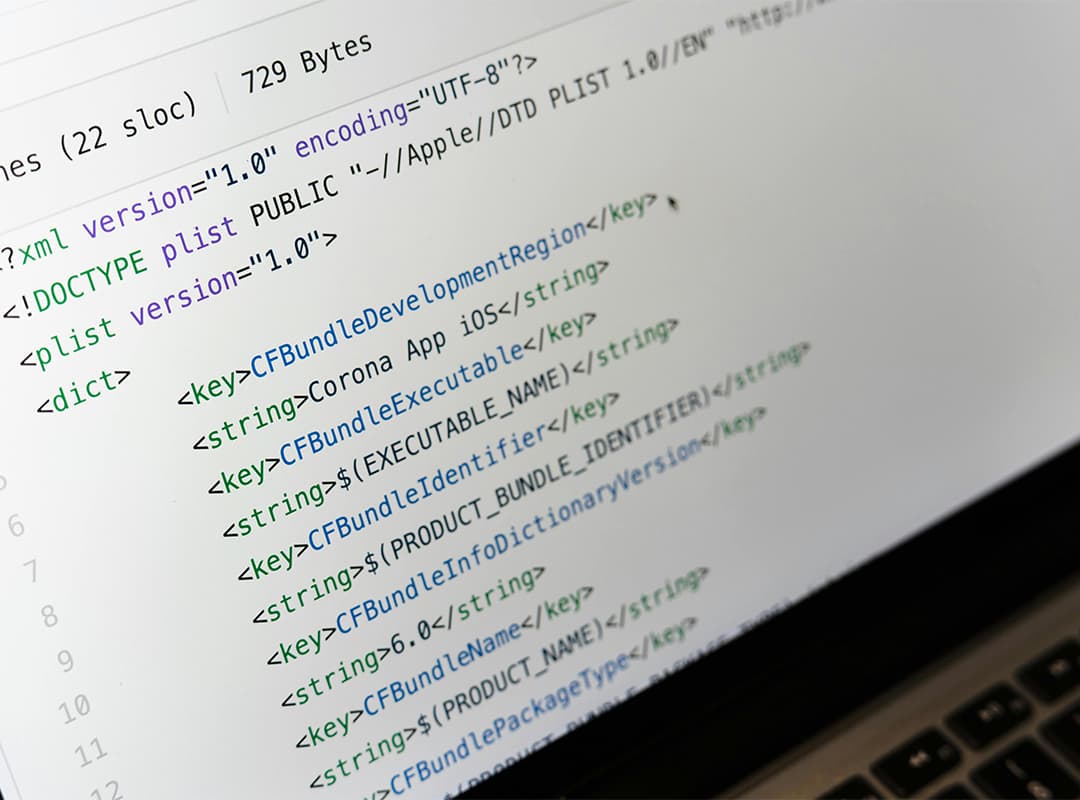Building GraphQL APIs with ASGI
GraphQL has gained popularity for its flexibility and efficiency in fetching data from APIs. When combined with ASGI (Asynchronous Server Gateway Interface), developers can leverage asynchronous processing and scalability, making it ideal for building high-performance GraphQL APIs in Python. This article explores the fundamentals of GraphQL, the benefits of using ASGI, and how to integrate GraphQL with ASGI frameworks like FastAPI, with a focus on deploying on AWS Lambda using Python Mangum.
Understanding GraphQL
GraphQL is a query language for APIs that allows clients to request exactly the data they need, simplifying data fetching and enabling efficient data querying with a single endpoint. Unlike REST APIs, GraphQL provides a schema-driven approach where clients define the structure of the response.
Key Features of GraphQL:
- Declarative Data Fetching: Clients specify the structure of the response, reducing over-fetching and under-fetching of data.
- Strongly Typed Schema: Defines a clear contract between the client and server, facilitating easier data manipulation and validation.
Integrating GraphQL with ASGI Frameworks
Using FastAPI with GraphQL
FastAPI, a modern web framework for building APIs with Python, supports GraphQL integration through libraries like ariadne or graphene. Below is an example of setting up a GraphQL endpoint with FastAPI and ariadne.
from fastapi import FastAPI
from ariadne import gql, QueryType, make_executable_schema
from ariadne.asgi import GraphQL
type_defs = gql("""
type Query {
hello: String
}
""")
query = QueryType()
@query.field("hello")
def resolve_hello(_, info):
return "Hello, GraphQL with ASGI!"
schema = make_executable_schema(type_defs, query)
app = FastAPI()
@app.get("/")
def read_root():
return {"message": "Welcome to FastAPI with GraphQL!"}
app.add_route("/graphql", GraphQL(schema, debug=True))Deploying GraphQL APIs with Python Mangum
Python Mangum enables seamless deployment of ASGI applications, including FastAPI-based GraphQL APIs, on AWS Lambda. Here’s how you can adapt the previous example for serverless deployment:
from fastapi import FastAPI
from ariadne import gql, QueryType, make_executable_schema
from ariadne.asgi import GraphQL
from mangum import Mangum
type_defs = gql("""
type Query {
hello: String
}
""")
query = QueryType()
@query.field("hello")
def resolve_hello(_, info):
return "Hello, GraphQL with ASGI and Mangum!"
schema = make_executable_schema(type_defs, query)
app = FastAPI()
@app.get("/")
def read_root():
return {"message": "Welcome to FastAPI with GraphQL and ASGI!"}
app.add_route("/graphql", GraphQL(schema, debug=True))
handler = Mangum(app)Explanation:
- Mangum Integration: Wraps the FastAPI application (
app) with Mangum to adapt it for AWS Lambda deployment. - Serverless Deployment: Enables deployment of the GraphQL API on AWS Lambda, leveraging ASGI’s asynchronous capabilities and Python’s scalability.
Building GraphQL APIs with ASGI frameworks like FastAPI offers developers a powerful combination of flexibility, performance, and scalability. By leveraging ASGI’s asynchronous processing capabilities and integrating with tools like Python Mangum for serverless deployment, developers can create efficient and responsive GraphQL APIs that meet the demands of modern applications. As organizations increasingly adopt GraphQL for its data querying efficiency and schema-driven approach, ASGI remains a robust choice for developing high-performance GraphQL APIs in Python.
